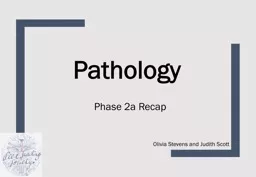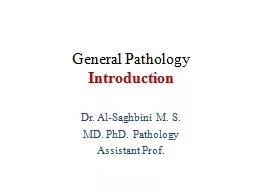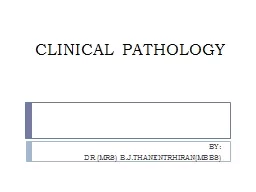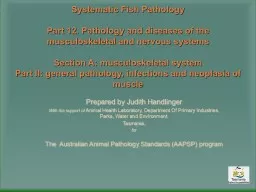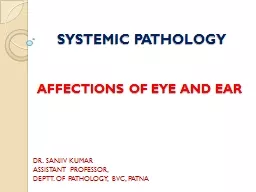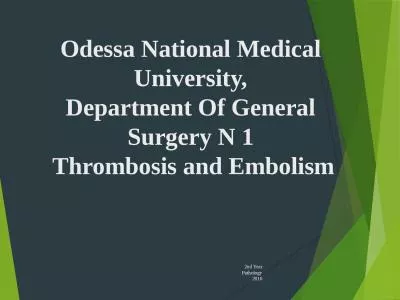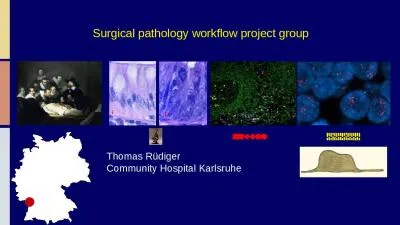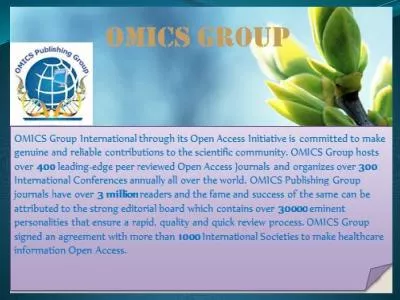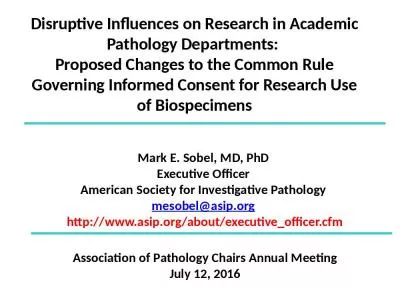PPT-Pathology Phase 2a Recap
Author : sadie | Published Date : 2022-06-01
Olivia Stevens and Judith Scott What well cover Inflammation Thrombosis and emboli Infarction Cell growth and death Classification of tumours Mechanisms of carcinogenesis
Presentation Embed Code
Download Presentation
Download Presentation The PPT/PDF document "Pathology Phase 2a Recap" is the property of its rightful owner. Permission is granted to download and print the materials on this website for personal, non-commercial use only, and to display it on your personal computer provided you do not modify the materials and that you retain all copyright notices contained in the materials. By downloading content from our website, you accept the terms of this agreement.
Pathology Phase 2a Recap: Transcript
Download Rules Of Document
"Pathology Phase 2a Recap"The content belongs to its owner. You may download and print it for personal use, without modification, and keep all copyright notices. By downloading, you agree to these terms.
Related Documents

